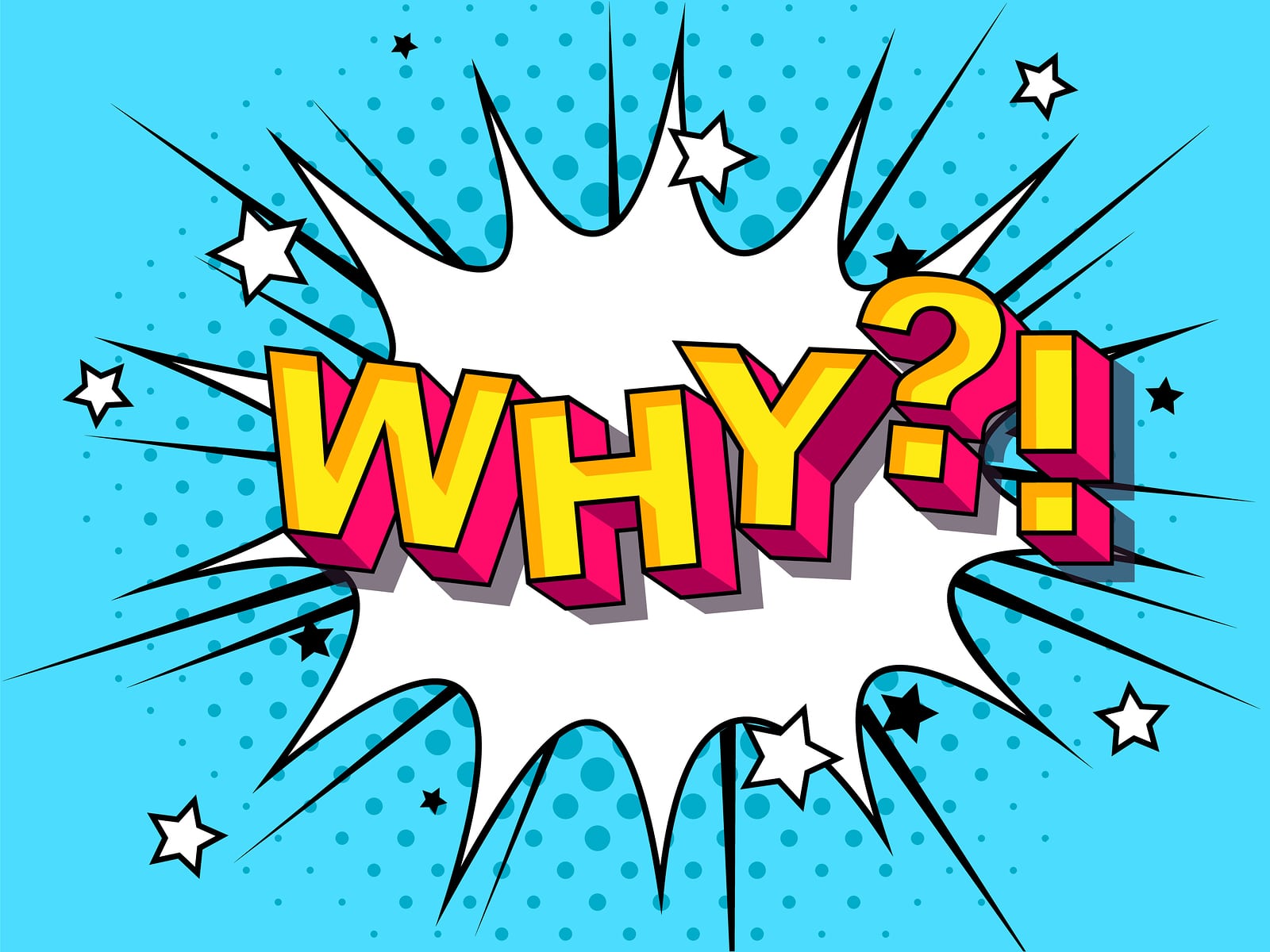Essential Steps to Take If a Vehicle Is Falling Off an Automotive Lift: Safety, Response, and Recovery
Introduction: Understanding the Risks of Automotive Lift Accidents
Automotive lifts are vital tools in today’s repair shops, allowing safe and efficient access to the undercarriage of vehicles. However, when used incorrectly or if maintenance is neglected, the risk of a vehicle falling from a lift increases dramatically. Such incidents can result in severe injury, property damage, or even fatalities. Knowing what to do if a vehicle is falling off an automotive lift is critical for technicians, shop owners, and vehicle owners alike. This guide provides comprehensive, actionable steps based on industry best practices, real-world examples, and authoritative safety standards.
Immediate Actions: Protecting Yourself and Others
When a vehicle begins to shift, lean, or fall from a lift, personal safety is the top priority . Do not attempt to catch, brace, or stop the vehicle. Even small cars can weigh between 2,600 and 4,400 pounds; SUVs and trucks are much heavier [3] . Any attempt to intervene physically can result in life-altering injuries or death. Instead, immediately:
- Move away from the lift -Warn anyone nearby to clear the area immediately.
- Do not operate any controls -Do not try to lower or adjust the lift while the vehicle is unstable.
- Shout a clear warning, such as “Clear the bay!” to alert others in the vicinity.
- Once everyone is clear, allow the vehicle to come to rest before approaching.
These actions minimize the risk of injury and are consistent with professional safety guidance [1] .
Assessing the Situation: Evaluating Damage and Next Steps
After the vehicle has come to rest and the area is secure, the following steps should be taken:
- Visually inspect the scene from a safe distance . Look for leaking fluids, electrical hazards, or other dangers such as unstable parts.
- Do not touch or move the vehicle until it has been declared safe by a qualified professional.
- If any injuries have occurred, call emergency services immediately .
- Document the incident with photos and notes. Record the position of the vehicle, the condition of the lift, and any damages observed. This documentation is vital for insurance claims and internal investigation [4] .
It is also important to secure the area to prevent unauthorized access and further injury.
Reporting the Incident: Shop Procedures and Insurance
All automotive shops should have a protocol for reporting lift accidents. Typical procedures include:

Source: automotiveliftservices.co.uk
- Notifying a supervisor or shop manager immediately.
- Completing an official incident report, including witness statements if available.
- Contacting your insurance provider as soon as possible. Shops carry insurance specifically for such incidents. If you are a customer, communicate with the shop and your own insurer for guidance [4] .
- Do not attempt repairs or further movement of the vehicle until authorized by insurance adjusters or safety inspectors.
If you are the vehicle owner and the shop is uncooperative, you can request written assurances regarding the safety and completeness of any repairs. You may also choose to consult a legal professional if liability is disputed [4] .

Source: slideserve.com
Preventing Future Incidents: Best Practices for Automotive Lift Safety
Most vehicle falls are preventable with proper training and maintenance. Here are key preventive measures:
- Regular Training: Technicians should undergo periodic training on lift operation, safety standards, and emergency procedures. Documentation of training may be required for inspections [2] .
- Correct Vehicle Positioning: Always align vehicle lifting points with lift adapters as specified by the vehicle manufacturer. Ensure the center of gravity is balanced and use wheel chocks where necessary [1] .
- Check for Stability: Raise the vehicle a few inches, then pause to confirm stability by gently shaking the vehicle. Only proceed if the vehicle is secure [2] .
- Locking Devices: Engage the lift’s locking mechanism before working under the vehicle. If the lift doesn’t have a lock or is below the engagement point, use properly rated jack stands as additional support [1] .
- Routine Maintenance: Keep the lift clean, lubricate moving parts, and replace worn or damaged components promptly [3] .
Following these guidelines significantly reduces the likelihood of accidents.
Real-World Example: Handling a Vehicle Fall Incident
Consider the case of a Nissan Sentra that fell from a lift due to improper weight distribution. The incident resulted in extensive damage to the car’s structure and raised questions about repair quality and safety. The vehicle owner was advised to request insurance involvement and written safety assurances from the shop. When disputes arose, legal consultation was recommended. This example highlights the importance of documentation, communication, and asserting your rights as a vehicle owner [4] .
Accessing Expert Help and Additional Resources
If you need further guidance or wish to verify lift safety standards, you can:
- Contact your workplace safety officer or shop manager for internal protocols.
- Consult the Automotive Lift Institute (ALI) for certified safety training and maintenance standards. Search for “Automotive Lift Institute” to find their official resources and training documentation.
- If you are a customer whose vehicle was damaged, contact your insurance provider for next steps. Use official contact numbers found on your insurance documents, or search your provider’s name along with “claims department.”
- For legal questions, consult a licensed attorney specializing in automotive or consumer protection law.
Many authoritative manuals and safety guides are available through official sites such as the Automotive Lift Institute and industry insurers.
Key Takeaways and Summary
If a vehicle is falling off an automotive lift, never attempt to stop it physically . Prioritize human safety, clear the area, and wait for the vehicle to come to rest. Only then should you assess the situation, report the incident, and follow shop and insurance protocols. Preventive measures-including regular training, equipment maintenance, and careful operation-are essential to avoid future incidents. If you are a customer whose vehicle was affected, document everything and communicate clearly with both the shop and your insurance provider. When in doubt, seek expert or legal assistance to protect your interests.
References
- [1] Republic Indemnity (n.d.). Automotive Safety – Vehicle Lifts. Official Safety Bulletin.
- [2] Automotive Lift Institute (n.d.). How to Safely Use a Car Lift or Truck Lift. Official Guidance.
- [3] SVI International (2025). Understanding Automotive Lift Safety Standards & Procedures.
- [4] Cartalk Community (2020). Car fell off lift – owner experience and advice.



